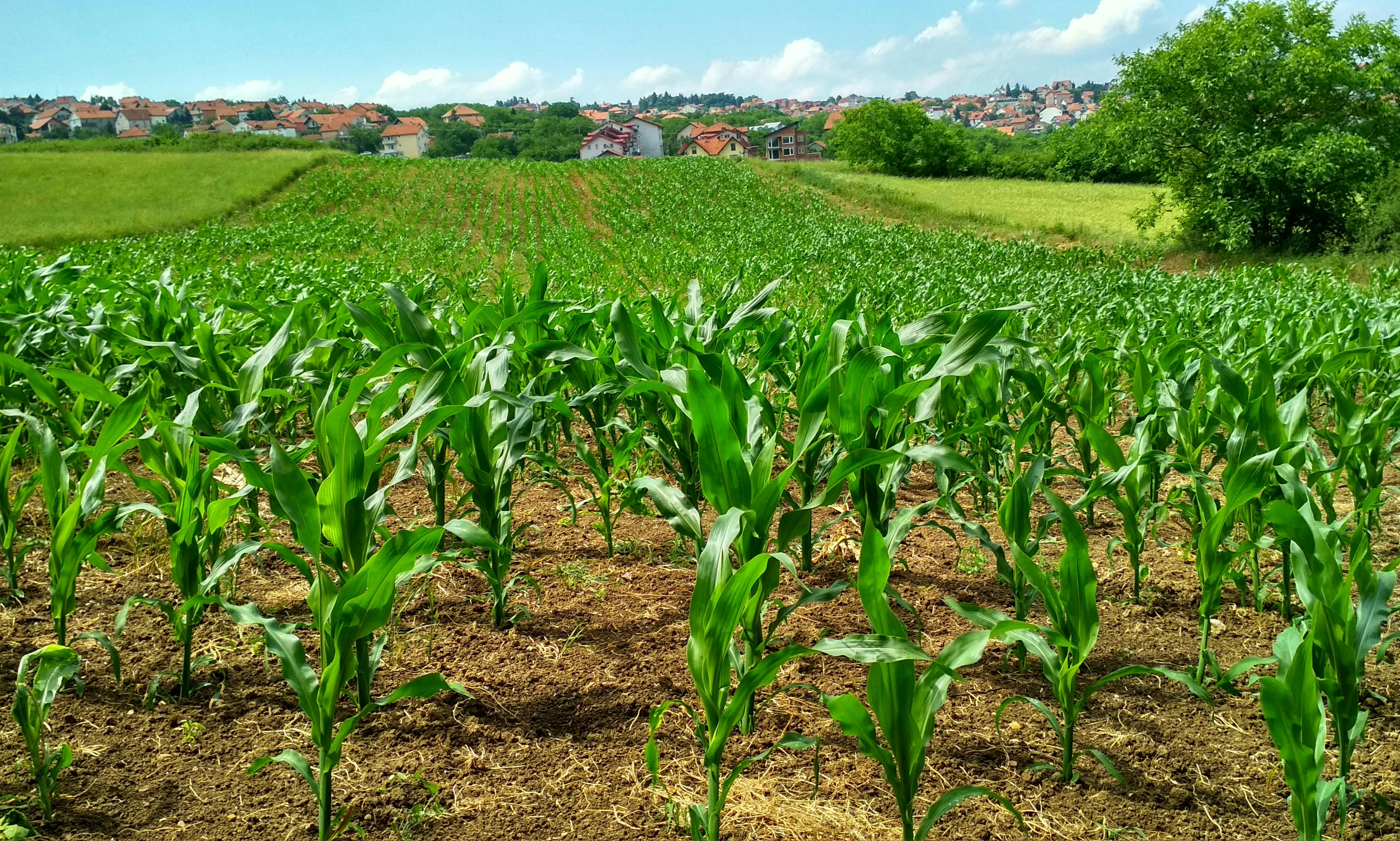
Agriculture Insurance
Course Overview
Agriculture remains the economic backbone of Africa—supporting over 60 % of the workforce and contributing up to 35 % of GDP in many countries. But across Kenya, Uganda, Tanzania, Ethiopia, Nigeria, and Southern Africa, agriculture is increasingly exposed to climate volatility: prolonged droughts, flash floods, pests, and market instability.
For smallholder farmers and pastoralists, who make up the majority of producers, these shocks translate into crop failures, livestock losses, and income instability. For governments and insurers, they create macro-level fiscal stress and supply chain disruptions.
Agricultural insurance, when well designed, plays a transformative role in this landscape. It provides a safety net for farmers, de-risks agricultural finance, and strengthens food system resilience. Over the past decade, African countries have pioneered models such as:
- Kenya’s National Agricultural Insurance Program (KAIP) and the Index-Based Livestock Insurance (IBLI);
- Ethiopia’s R4 Rural Resilience Initiative;
- Rwanda’s weather index pilots;
- Nigeria’s NAIC framework;
- African Risk Capacity (ARC) regional pool.
This course is designed to equip insurers, brokers, regulators, agribusinesses, cooperatives, and development partners with practical skills to design, price, distribute, underwrite, and manage agricultural insurance in Africa. It blends technical rigor with local African context, covering both indemnity and index/parametric approaches.
Learning Objectives
On completion of this course, learners will be able to:-
- Analyze Africa’s agricultural production systems and key climate risks;
- Design suitable crop, livestock, and parametric/index insurance products;
- Underwrite agricultural insurance professionally and responsibly;
- Price and structure products amid data scarcity;
- Integrate technology, mobile money, and digital distribution;
- Manage claims processes for both indemnity and index products;
- Build effective public-private partnerships and reinsurance programs;
- Work within regulatory frameworks and subsidy schemes in Africa;
- Scale pilot programs sustainably with human-centered design;
- Enhance farmer trust and adoption through education and transparency; and
- Align agricultural insurance with climate adaptation strategies.

